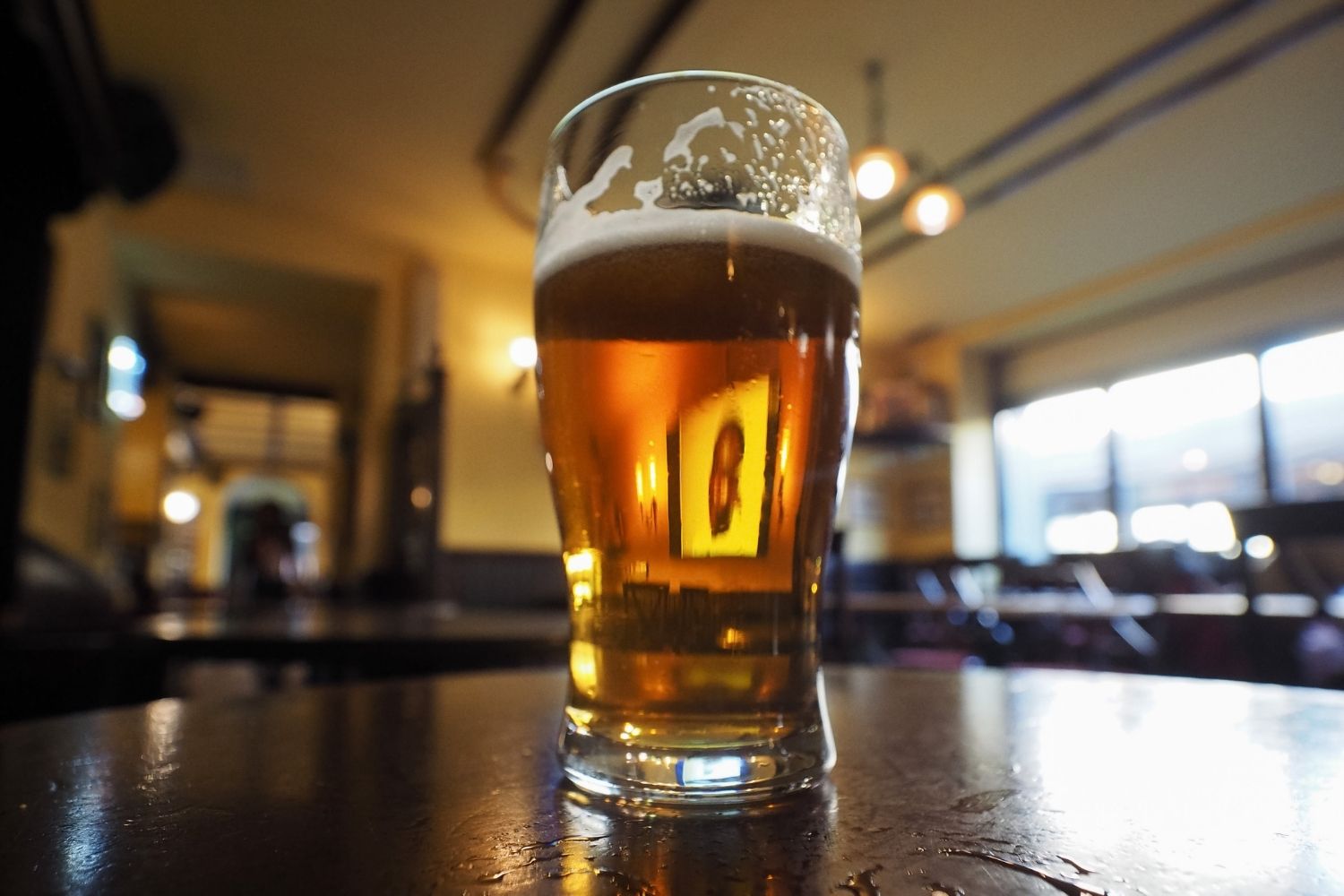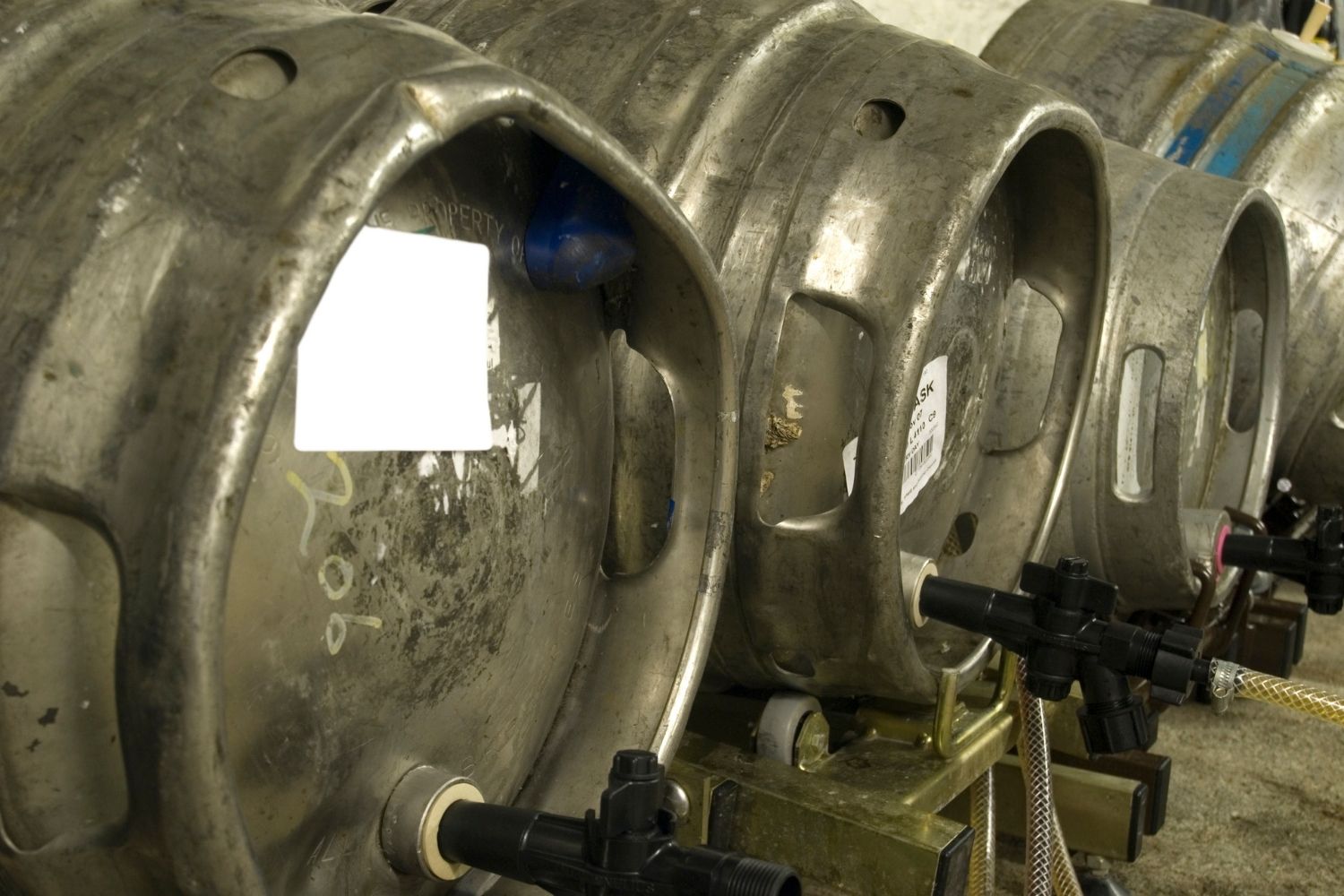CGA’s research and insight director, Charlie Mitchell, explains what the staple drink of British pubs tells us about the need to engage with new audiences.

How do consumers choose their drinks in on-premises? In CGA’s most recent global research, we asked about the attributes that matter most to them — and the results mirror the macro trends we have seen in the drinks industry over the past few years.
‘High quality’ and ‘good value’ were both common responses, reinforcing the trend of growing polarisation in spending since the start of the pandemic. ‘Local’, ‘trustworthy’ and ‘from the country I live in’ all made the top ten attributes too, which emphasises the covid-related trend of consumers’ support for their nearby businesses and brands. Reflecting people’s increasingly explorative nature, other popular descriptors included ‘unique’ and ‘interesting’.
All of this makes it baffling that cask ale, a category that displays all of these attributes, is declining in the UK at a rate of 25% — ten percentage points higher than the wider beer average. However, delving deeper into this category gives us some valuable lessons about the importance of acquisition in the On Premise customer cycle.
An overview of cask and its problems
It is a product only served in on-premises (pubs and bars), with limited shelf life because it is actually live. It is carefully crafted, unique, and spans hundreds of different styles, flavours and tastes. It requires skilled conditioning and care, both throughout the brewing process and in outlets themselves. It’s great value and it tastes fantastic — yet it is losing customers and market share in beer. Why is this?
Anyone who has read the excellent How Brands Grow, by Byron Sharp — and I’m sure it has been in the ‘development goals’ of every category insight or brand marketing manager I have ever spoken with — will know the rule that the acquisition of new customers is more important to growth than limiting the defection of current customers. This is where cask — among many other categories and brands — has failed, and it provides a warning shot for others looking solely at their existing customer bases.

CGA’s UK BrandTrack survey shows that nearly two-thirds (63%) of cask ale drinkers are aged 55 or over — a figure that has risen by four percentage points in just two years, and which compares to only 37% of all drink consumers. An ageing customer base is combined with a value-led consumer, which has led to a race to the bottom.
Instead of using all of the category’s great assets to promote it to new customers, cask has been competitively priced to focus on providing better value for those who are already convinced of its qualities. The result is that a pint of cask ale is priced at an average of £3.66 — just 72% of the £5.06 average in craft beer. This is despite the two categories sharing many of the same qualities that appeal to younger demographics and more innovative consumers.
Retention and recruitment
This has had the result of retaining current drinkers — and why not, since they are getting a bargain! Despite the decrease in sales, more than one in eight adults in Britain still class themselves as cask ale drinkers — a figure comparable to drinkers of vodka and rum.
However, retention has stalled, and nearly 60% of cask drinkers now fall into the ‘late majority’ or ‘laggards’ sections of Rogers’ Curve of Adoption, compared to the 50% average. Covid has accelerated this trend, as cask’s core consumers have been slower to return to the market. The lack of acquisition of new drinkers has created a double whammy impact.
However, there are some promising signs for the future. The excellent Black Sheep Brewery and the likes of Tiny Rebel are taking inspiration from craft beer, and using their distinct and differentiated product attributes in their cask marketing. Forward-looking operators are once again putting cask at the heart of their offer, and retaining price points in line with other categories.
Of course, the broader lesson from cask applies elsewhere. While satisfying current customers must always be a core focus, refreshing the base and acquiring new drinkers is vital to the long term health of any category and brand.


